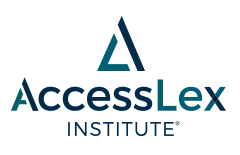
Diversity and Inclusion in Law School and Higher Education
The Perennial (and Stubborn) Challenge of Cost, Affordability, and Access in Legal Education: 'We Will Continue to Muddle Through'
Abstract
This paper explores the long-term challenge of legal education’s financial viability and focuses on the business model that serves contemporary legal education. That model – based on a value proposition – sees long-term student loans and plentiful lawyer jobs as the way to underwrite legal education’s sustainability, even as tuition rises. Loans and jobs are inextricably connected; the idea being that student debt can be manageably repaid over some amount of time after graduating and obtaining a well-paying lawyer job. The paper is divided into three main parts. The first looks to the past in order to understand the business model – the value proposition, its development, and its logic. In doing so it will talk about the one factor that makes the value proposition viable – loans, and especially the role of the federal government with respect to loans. It also talks about the intertwined issues of cost and access to legal education, which became increasingly important in the development of the business model. The second provides an empirical context for the concerns raised by those critics. It does so by exploring data (some likely familiar, but perhaps not all) on key patterns and changes in legal education since the late 1940s. The third part treats the patterns and changes in enrollments in the wake of the Great Recession as a rough natural experiment that allows us to consider whether the critic’s fear of a day of reckoning for value proposition has now finally arrived and what it means.




